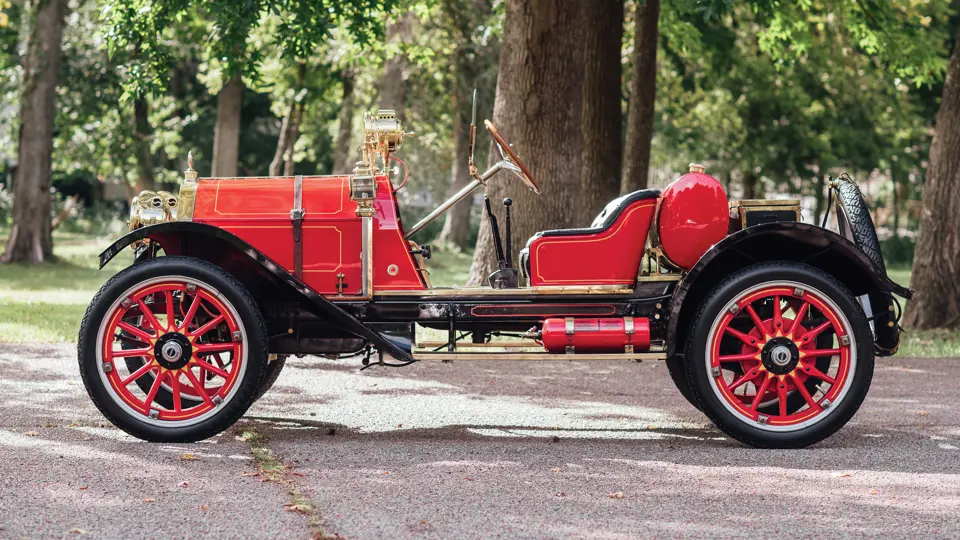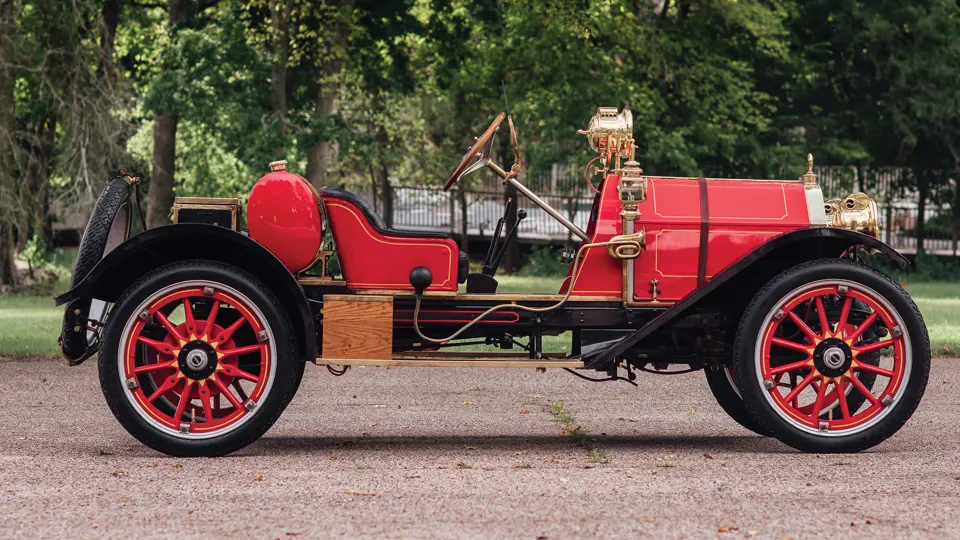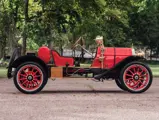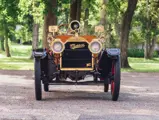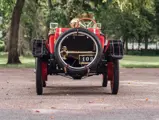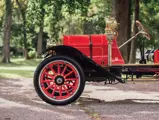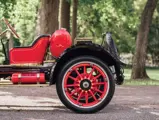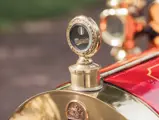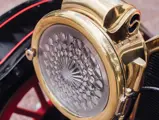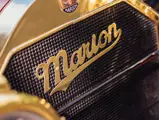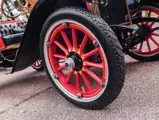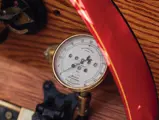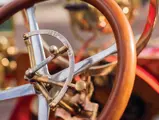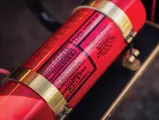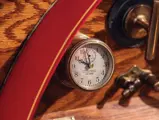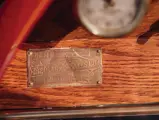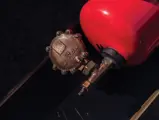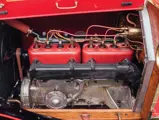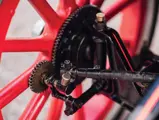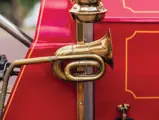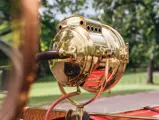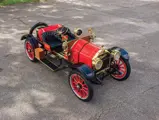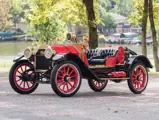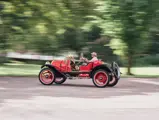In the early part of the 20th century, Indiana was still vying with Michigan as the automotive capital of the U.S. Among the early makes there were Haynes, Marmon, Premier, National, Apperson, and Stutz. Less well remembered is the Marion Motor Car Company, founded in Indianapolis in 1904. Advertised as “The Car That Has Set Men to Thinking,” the Marion was originally a four-cylinder, air-cooled side-entrance tonneau; water-cooling came soon afterward. Among early personnel were Robert Hassler, Fred Tone, and Harry C. Stutz, the latter two coming from the American Motors Company, maker of the American Underslung.
Marions were four-cylinder cars of 16 to 45 hp, selling at $1,600 to $2,000, which at the time would buy the most expensive Buick. Production was never immense, fewer than a thousand cars a year. Although most were four- or five-passenger tourers, a marquee model, the Bobcat roadster, appeared in 1912. Described by the late historian Beverly Rae Kimes as a “rakish machine,” it was Bearcat-like, no doubt Stutz’s influence before he left to found his own company. It would bear close resemblance not only in design, but in spirit as well. Void of needless amenities, it was a minimalist and lightweight car fitted with a powerful engine for the time. By 1914, however, the Bobcat was gone, and by 1916 the Marion had become the Marion-Handley, a mundane car built in Michigan.
The current owner purchased this jaunty Marion Bobcat in 2008. Interesting features include a rear-mounted transaxle and an acetylene starting system that uses lighting gas to pre-charge the cylinders, which are then ignited by a spark. The system is not currently used (for safety reasons), but remains in place for authenticity and preservation. An older restoration, it had been in the John McMullen collection in Michigan from the early 1990s, by which time it had been the beneficiary of a mechanical and cosmetic restoration. It has recently had attention to some maintenance items, and comes ready to enjoy.
Brilliant in red, it has gold accent striping, black leather seating, and brass aplenty. The radiator is topped by a Marion MotoMeter, and the brass lighting all operates properly on gas. A monocle windscreen and a huge bass spotlight complete the motif. With just 912 Marion cars built in 1912, this car was part of a very small constituency when new. Today it is almost certainly the sole survivor.




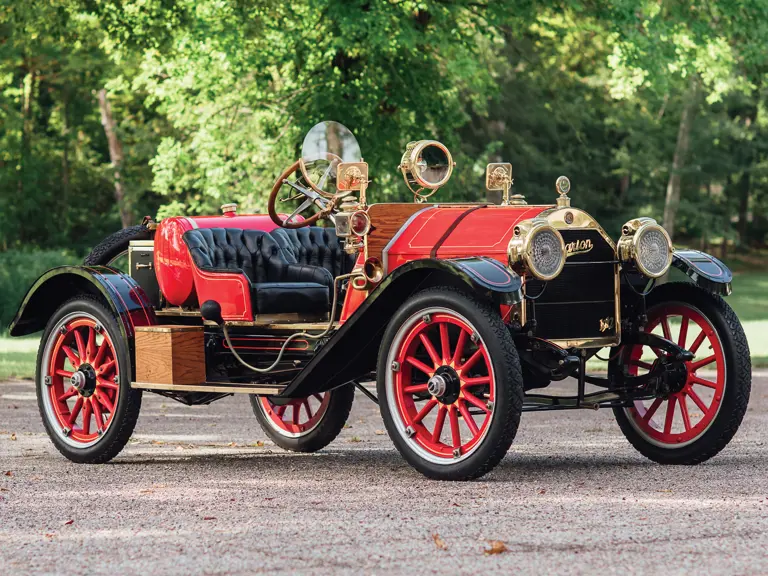
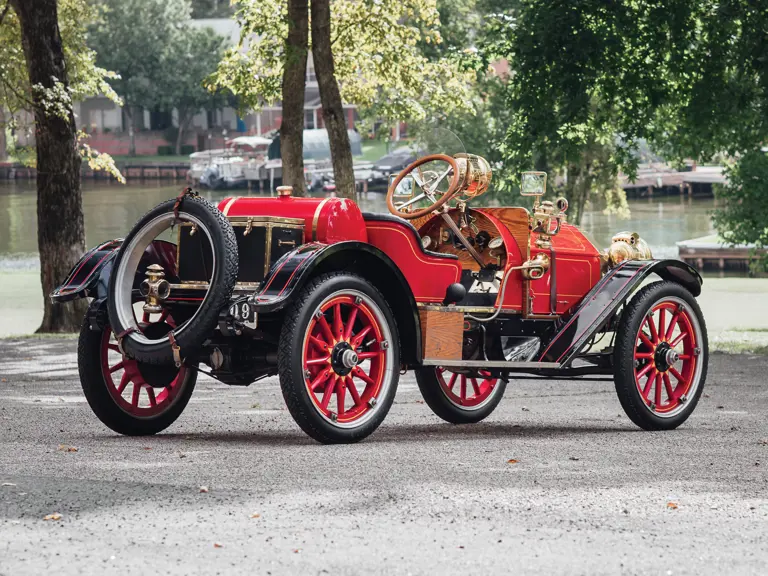
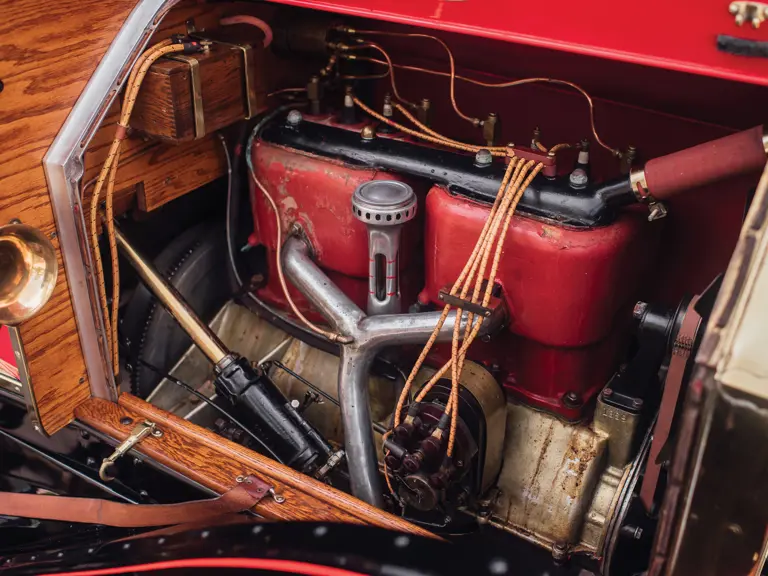
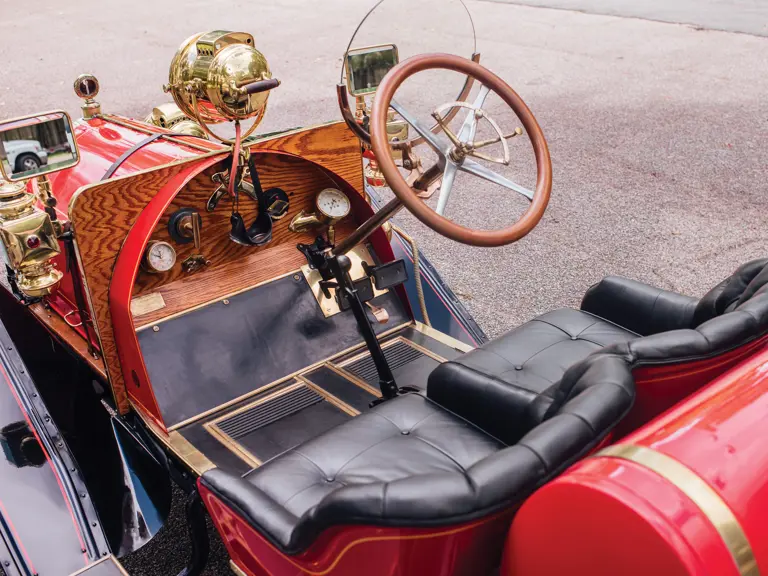
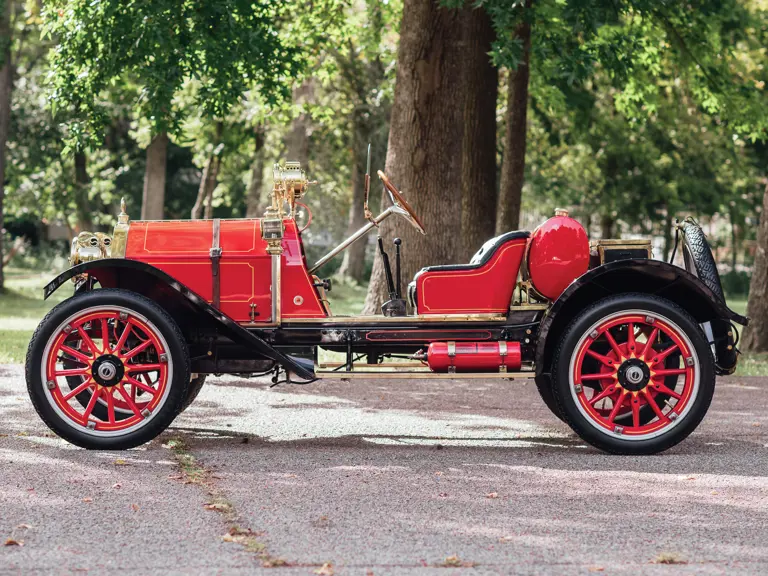

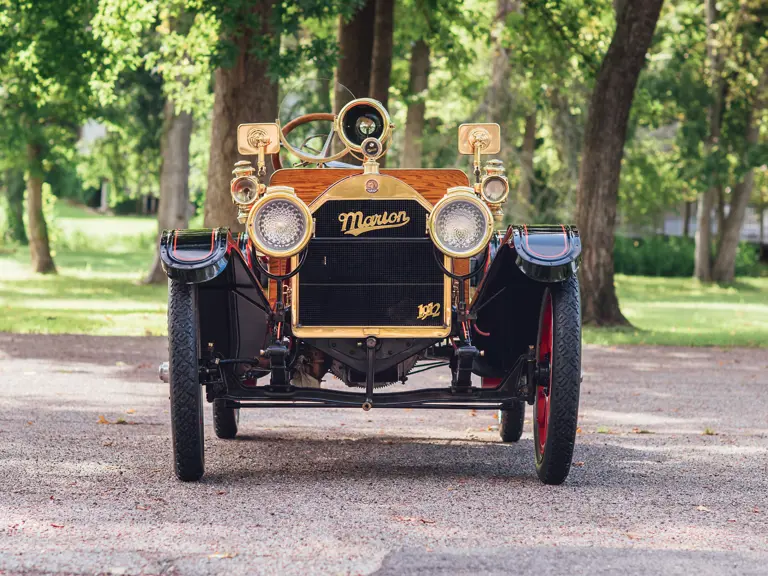
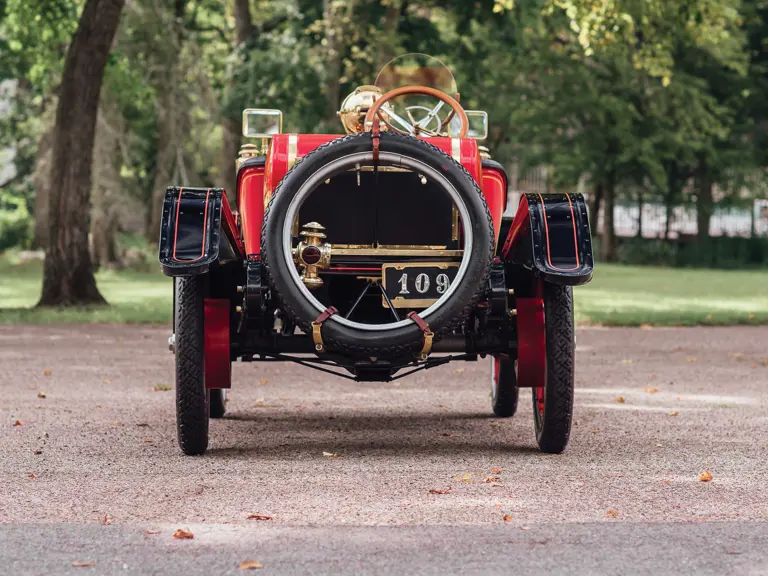
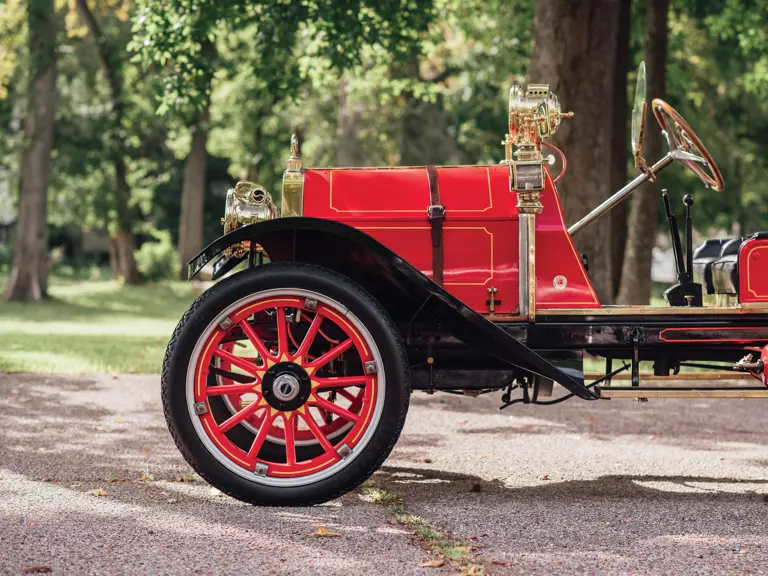
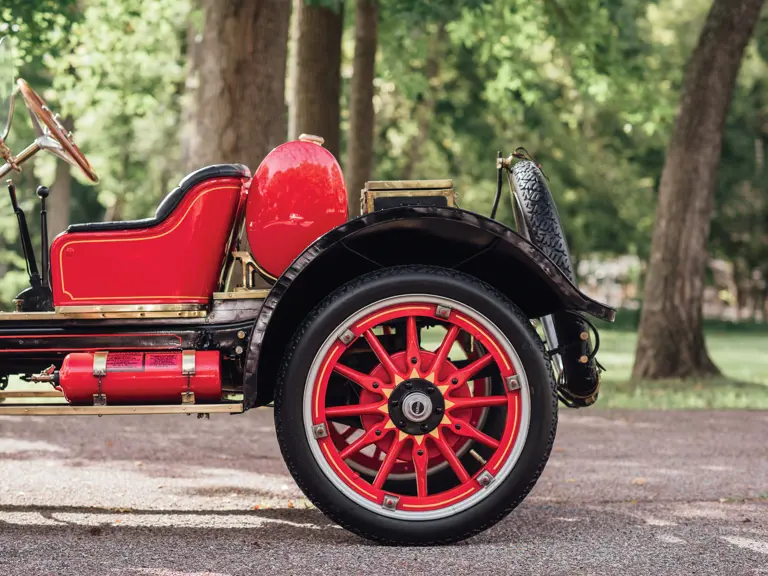


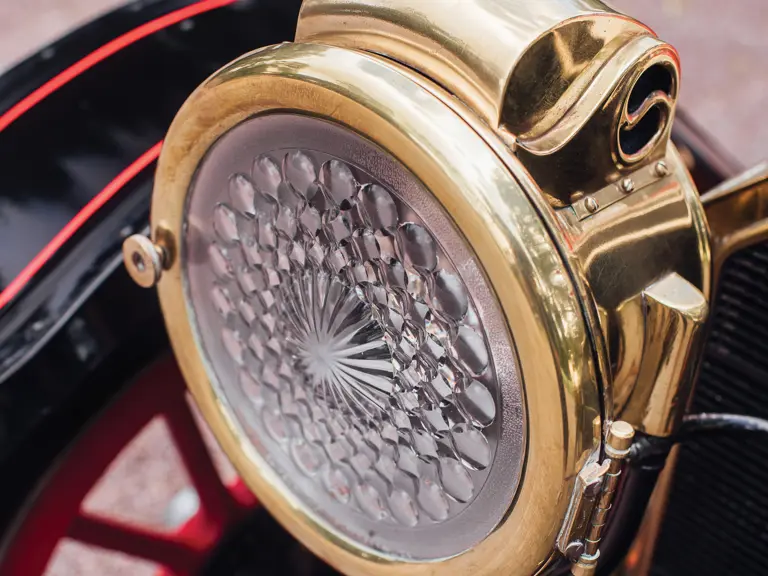
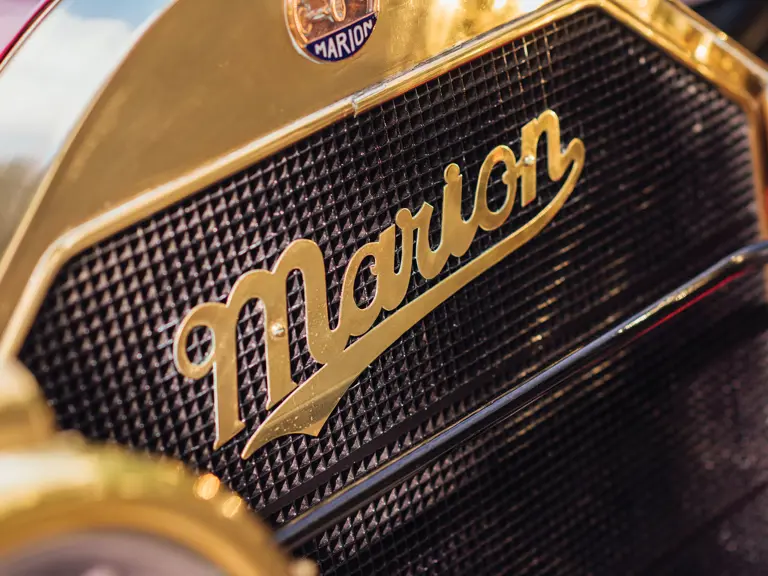
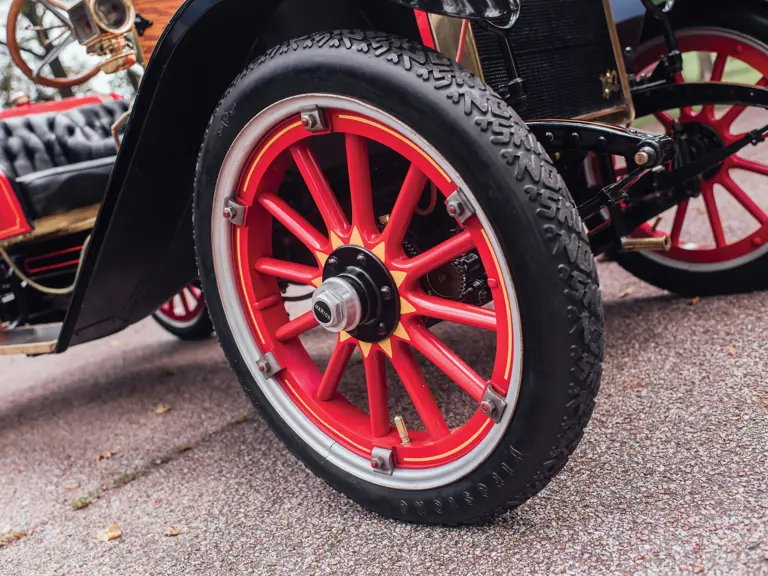
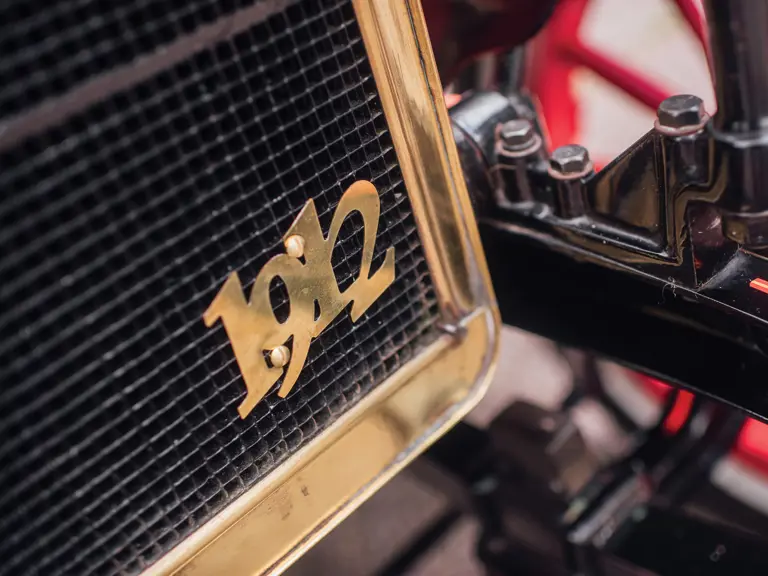
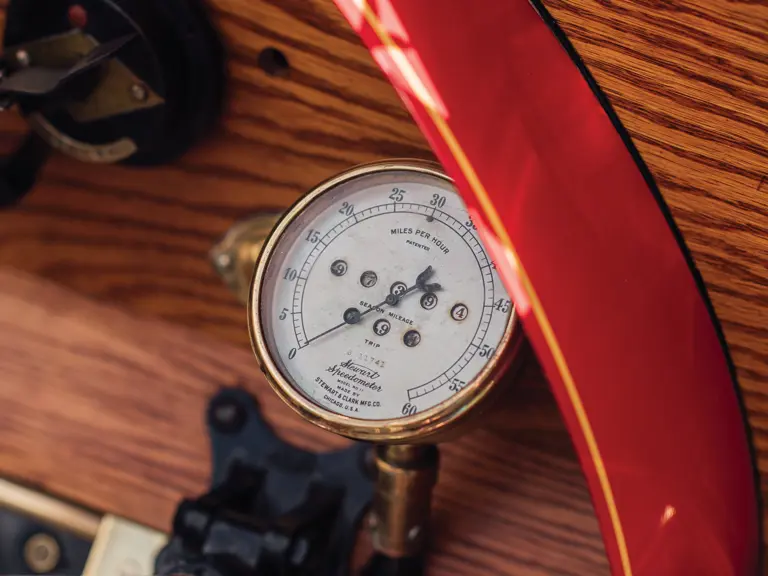
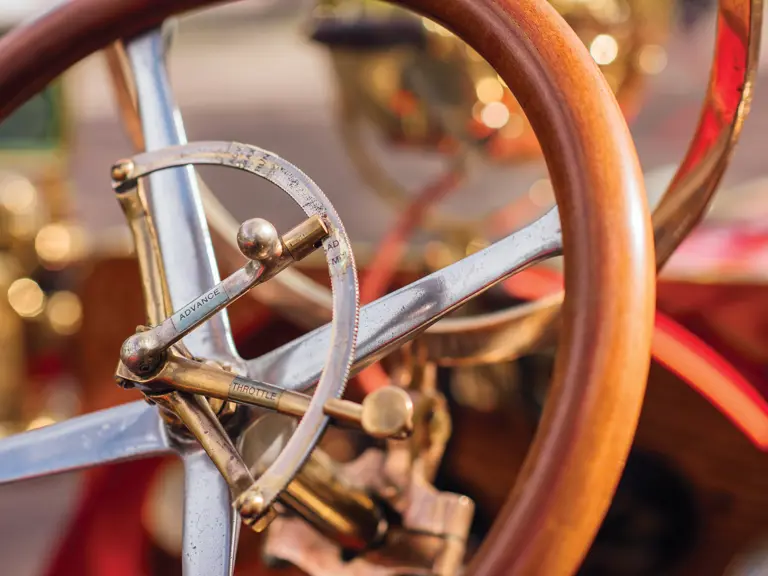
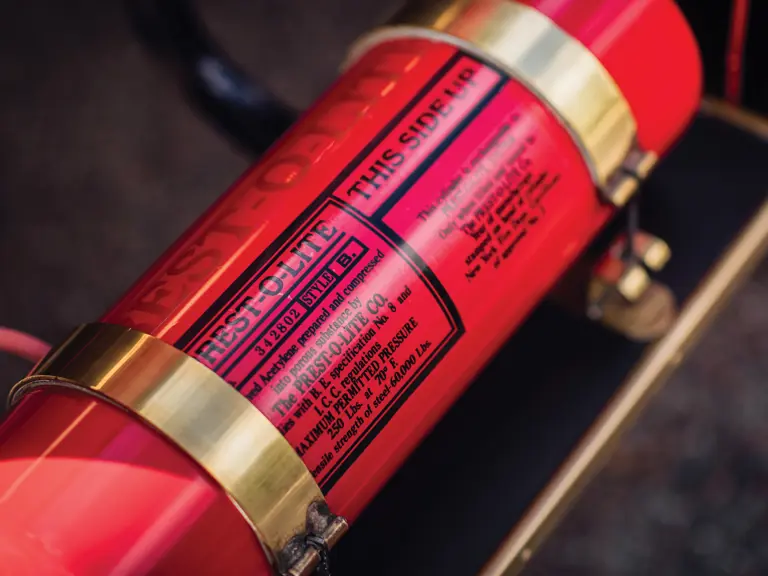


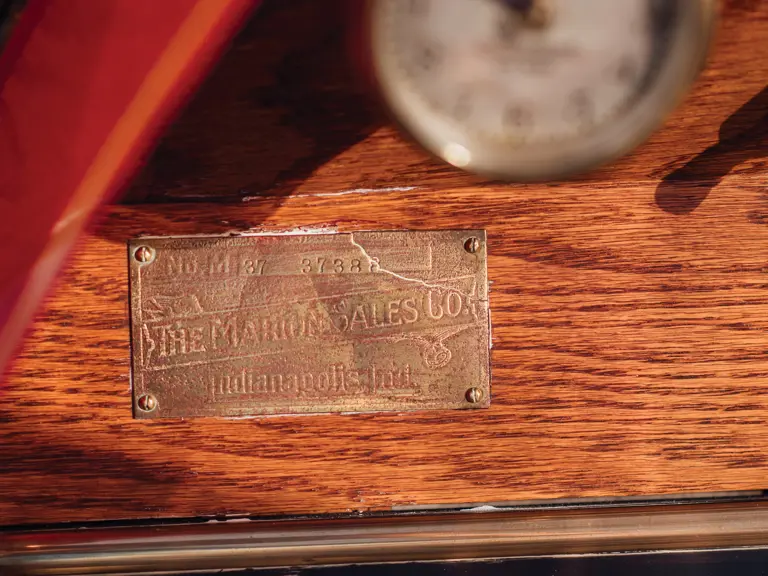

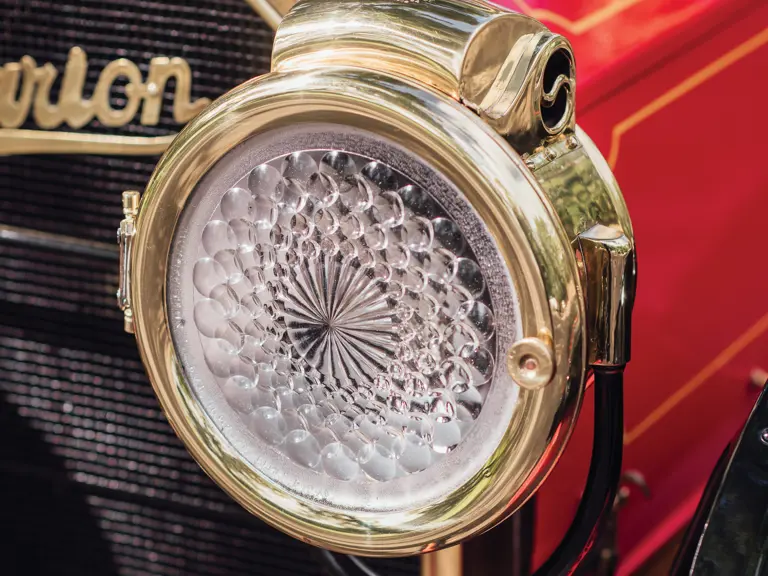
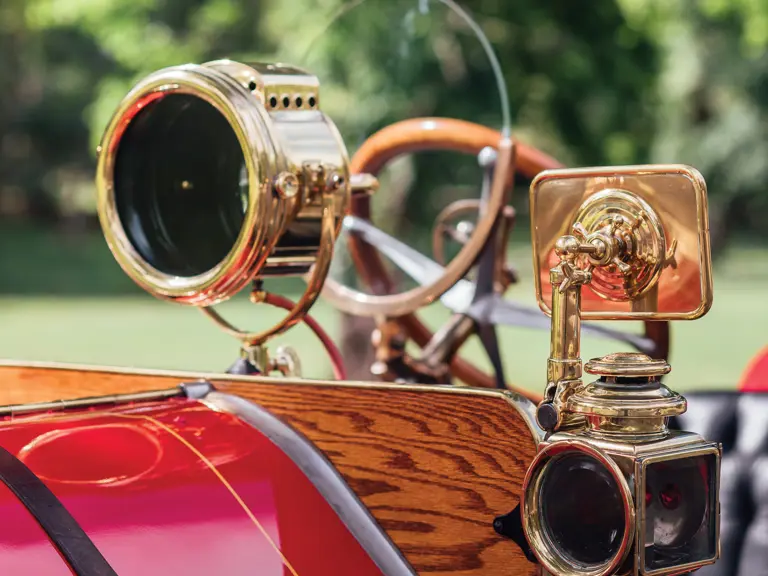
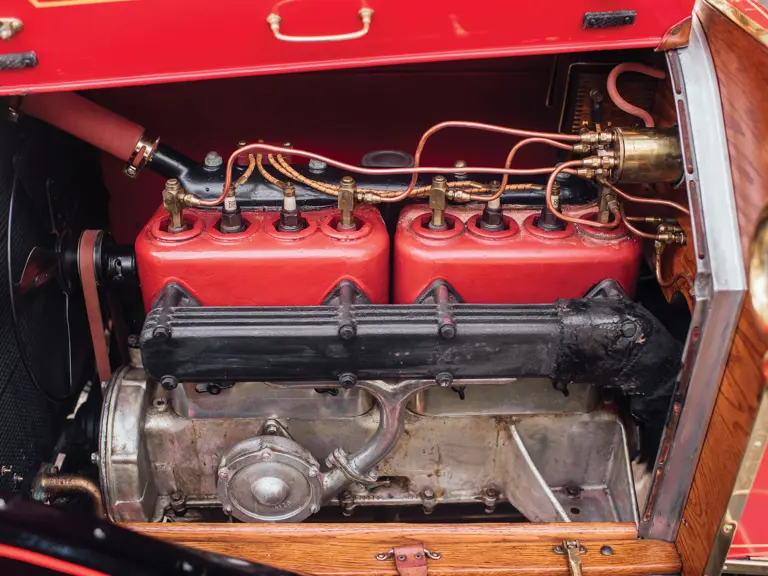
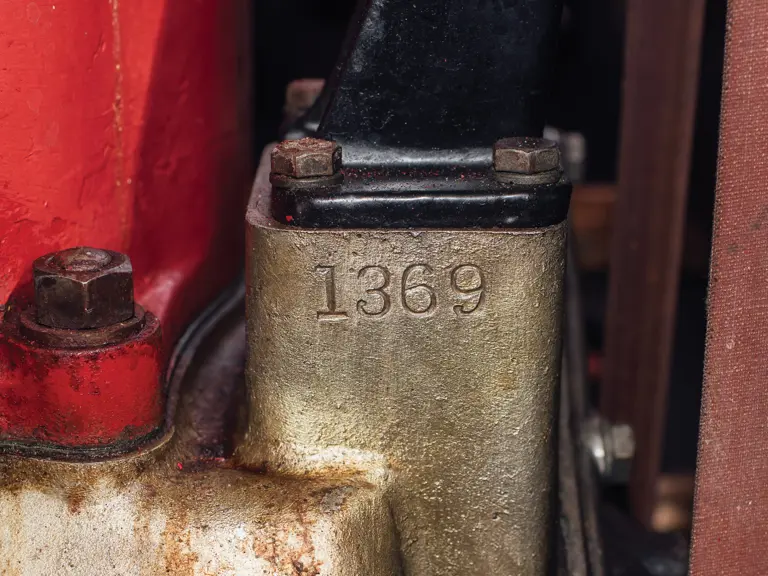
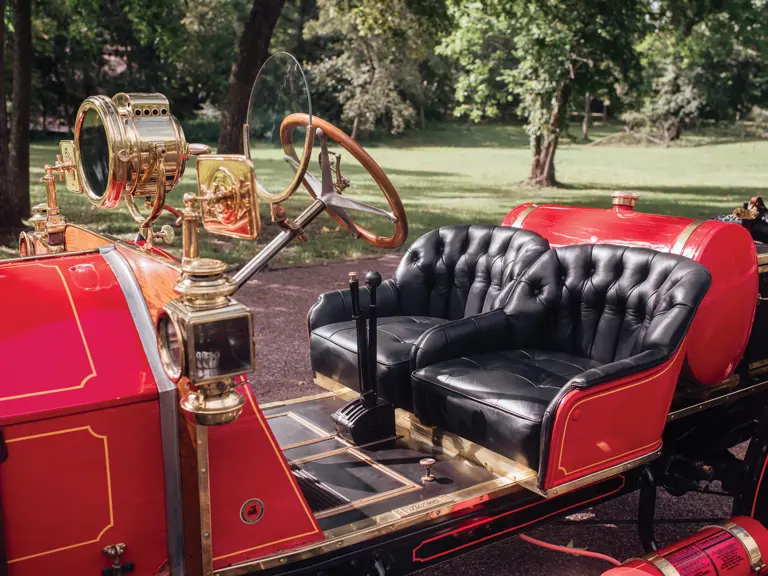
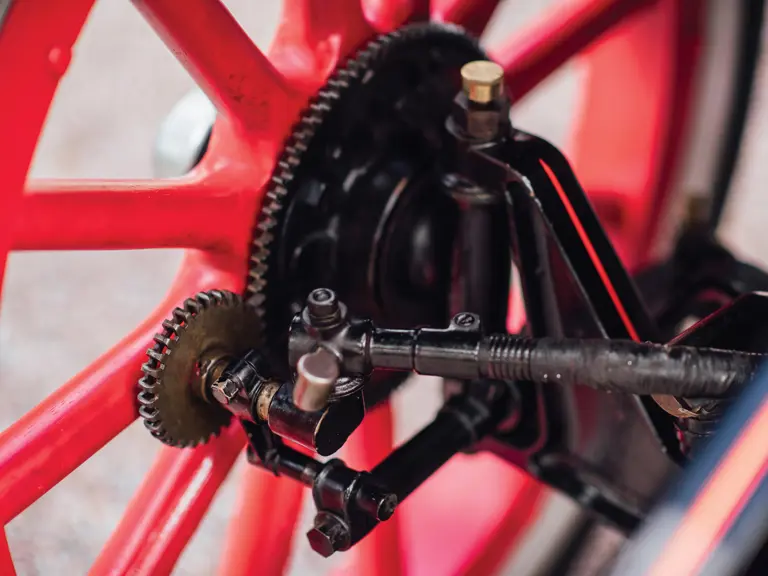
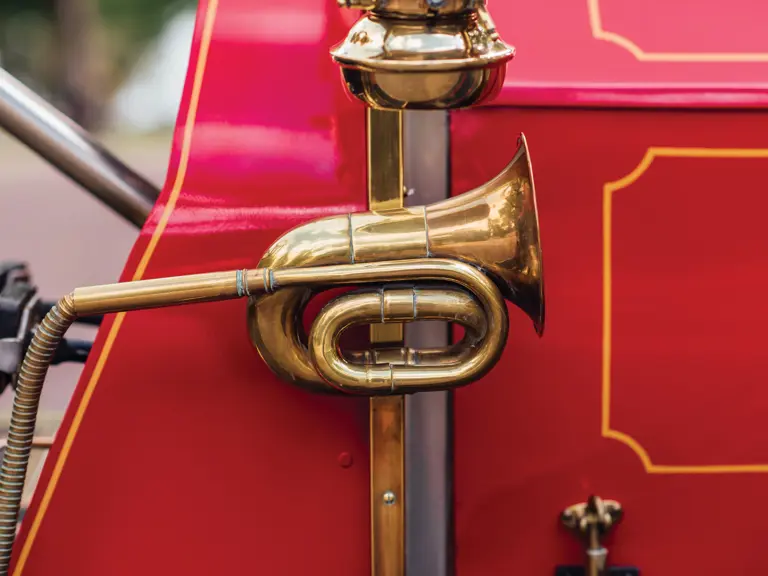
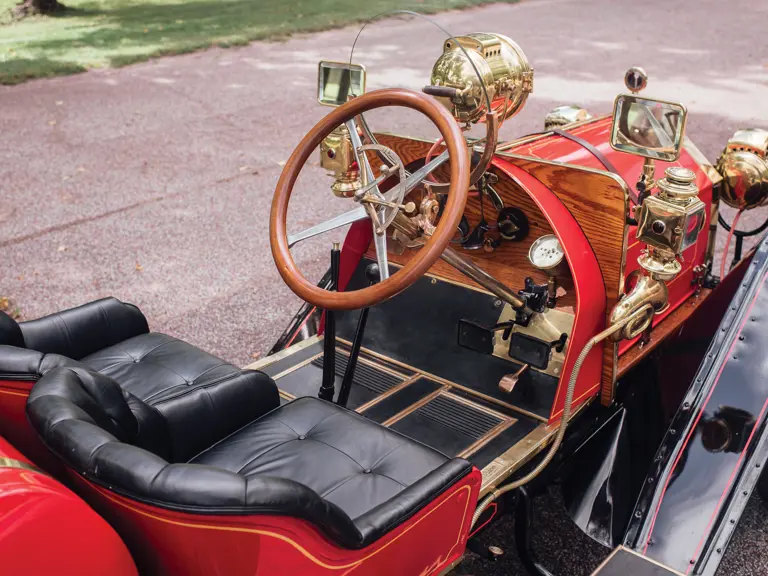
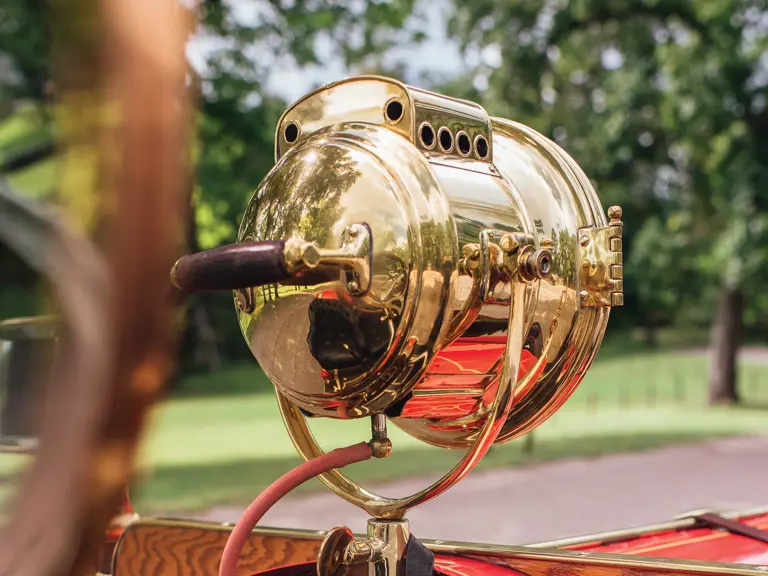
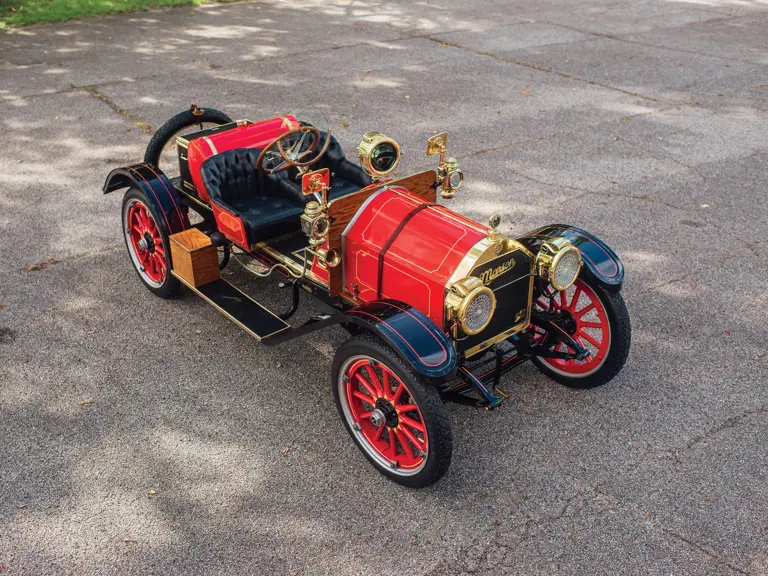
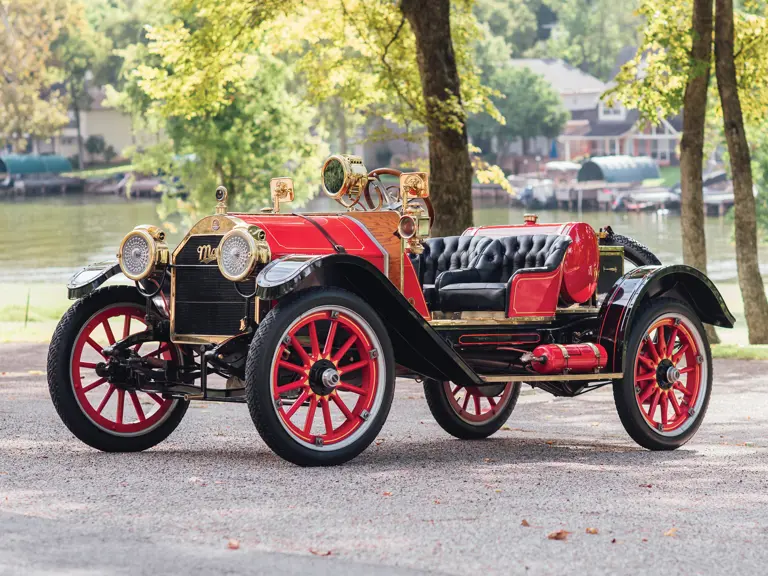
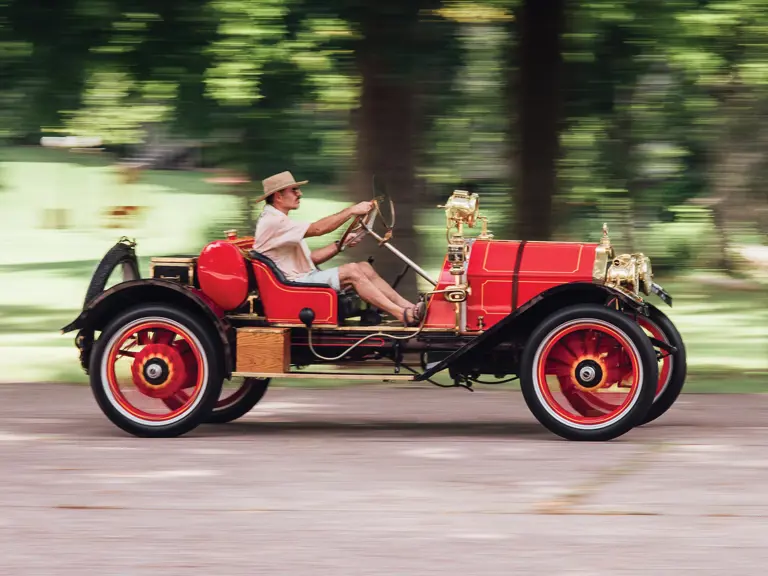

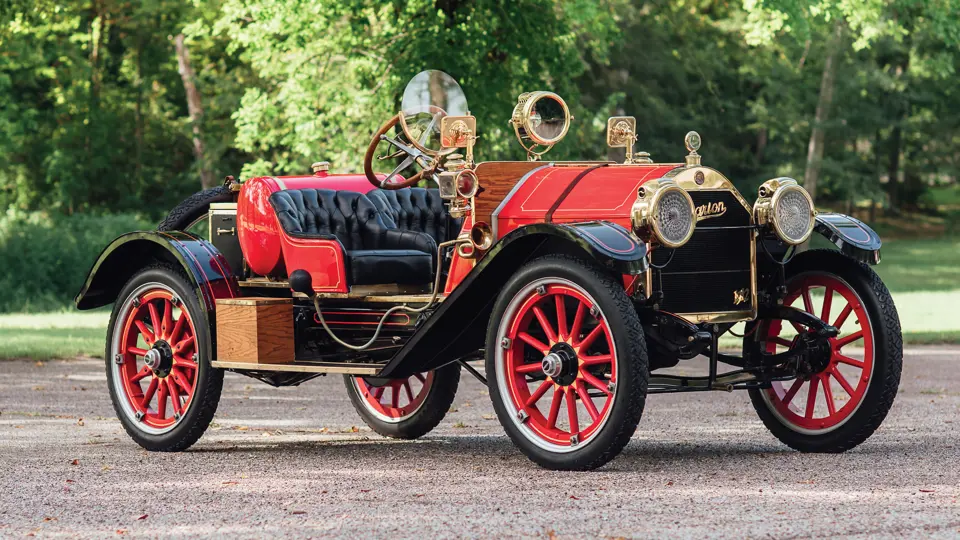
 | Hershey, Pennsylvania
| Hershey, Pennsylvania
